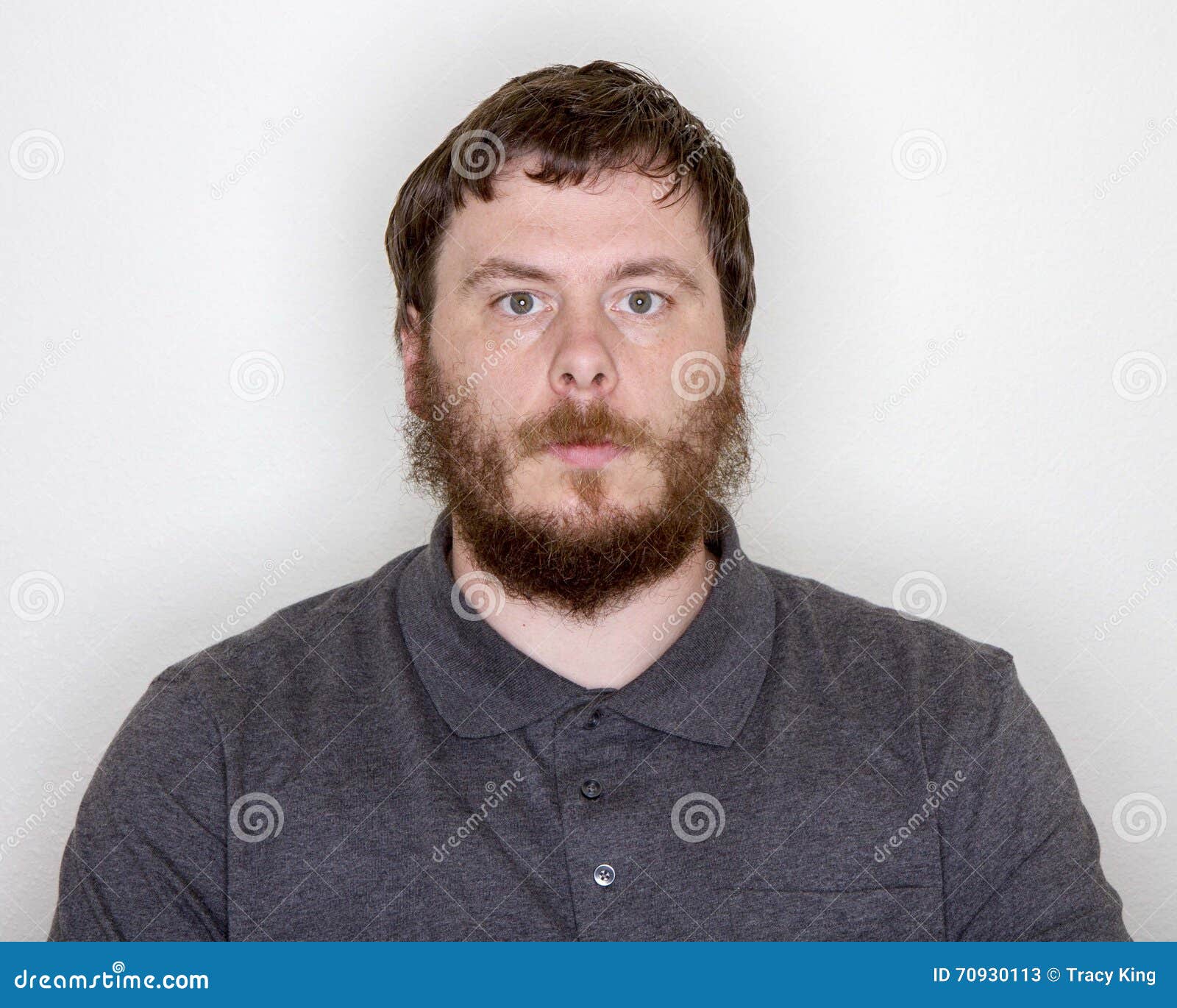Unraveling the Enigma of the Blank Stare: The Secret Language of Facial Expressions
In a world where nonverbal cues play a significant role in communication, facial expressions have become an essential aspect of human interaction. However, have you ever found yourself stuck in a silent conversation, with the other person's face a mask of indifference? The "blank stare" - a phenomenon where an individual's facial expression appears to be a void of emotions - can be both fascinating and intimidating. In this article, we will delve into the world of facial expressions, exploring the unwritten language of the blank stare and what it might be trying to convey.
Facial expressions are a complex and universal language, conveying emotions and intentions with unparalleled accuracy. Research suggests that the human face can register over 7,000 distinct expressions, each with its unique nuances and subtleties. From the subtle raising of an eyebrow to the full-blown scream, our facial expressions can convey a wealth of information about our mental state, emotions, and even our thoughts. However, what happens when we encounter a face that seems to be devoid of any expression - a face that stares back at us with a blank, empty gaze?
The blank stare is a phenomenon that has puzzled scientists, psychologists, and philosophers for centuries. It is often associated with a lack of empathy, emotional intelligence, or even intellectual curiosity. However, what if the blank stare is not just a sign of emotional numbness, but a subtle form of communication in its own right? By decoding the unwritten language of facial expressions, we can gain a deeper understanding of the hidden messages and emotions that underlie our interactions with others.
Understanding Facial Expressions
Before we can unravel the mystery of the blank stare, it's essential to understand the basics of facial expressions. The face is a complex organ, comprising over 40 muscles that work together to convey emotions and intentions. When we experience an emotion, our brain sends a signal to the facial muscles, which then contract and relax to produce the corresponding expression.
There are six primary emotions that are universally recognized, including happiness, sadness, anger, fear, disgust, and surprise. Each of these emotions has a distinct set of facial expressions, ranging from the subtle curvature of the lips to the wide-open eyes. However, facial expressions can also convey subtle shades of meaning, such as sarcasm, irony, or even uncertainty.
The Anatomy of Facial Expressions
The facial muscles responsible for expressing emotions are:
- The Frontalis muscle, which raises the eyebrows and wrinkles the forehead
- The Zygomaticus major muscle, which pulls the corners of the mouth upwards
- The Orbicularis oculi muscle, which surrounds the eyes and controls their movement
- The Nasalis muscle, which lifts the tip of the nose
By understanding the anatomy of facial expressions, we can gain a deeper appreciation for the intricate mechanisms that underlie our emotional communication.
The Science of Facial Expression
Research has shown that facial expressions are closely linked to the brain's emotional centers, including the amygdala and the prefrontal cortex. The amygdala is responsible for processing emotions, while the prefrontal cortex regulates emotional responses and impulse control.
Studies have also demonstrated that facial expressions can influence our emotional state and behavior. For example, research has shown that smiling can increase feelings of happiness and reduce stress, while frowning can increase feelings of sadness and anxiety.
The Power of Micro-Expressions
Micro-expressions are fleeting facial expressions that occur in response to strong emotions. These expressions can be extremely brief, lasting only a fraction of a second, but they can convey a wealth of information about our emotional state.
Research has shown that micro-expressions can be a powerful indicator of honesty and integrity. For example, a study by Paul Ekman found that individuals who were truth-telling displayed a characteristic micro-expression of tension on the forehead, while those who were lying displayed a characteristic micro-expression of relaxation on the forehead.
The Role of Context in Facial Expression
Context plays a significant role in shaping the meaning of facial expressions. For example, a frown on a child's face may be a sign of sadness, while a frown on an adult's face may be a sign of annoyance or frustration.
Understanding the context in which facial expressions occur is crucial for accurate interpretation. By taking into account the social, cultural, and environmental factors that influence facial expressions, we can gain a deeper understanding of the unwritten language of the blank stare.
The Psychology of the Blank Stare
The blank stare is often associated with a lack of empathy or emotional intelligence. However, what if the blank stare is not just a sign of emotional numbness, but a subtle form of communication in its own right?
The Role of Empathy in Facial Expression
Empathy is the ability to understand and share the feelings of others. Facial expressions play a significant role in empathy, as they can convey a sense of emotional connection and understanding.
Research has shown that empathetic individuals display a wider range of facial expressions, including subtle signs of emotional engagement and connection. In contrast, individuals who lack empathy tend to display fewer facial expressions, indicating a reduced capacity for emotional understanding.
The Impact of Culture on Facial Expression
Facial expressions are culturally relative, meaning that the same expression can have different meanings in different cultures. For example, in some cultures, it is considered impolite to show strong emotions, while in others it is seen as a sign of confidence and strength.
Understanding the cultural context in which facial expressions occur is crucial for accurate interpretation. By taking into account the cultural norms and values that influence facial expressions, we can gain a deeper understanding of the unwritten language of the blank stare.
The Philosophy of Facial Expression
The blank stare has sparked philosophical debates about the nature of emotions, consciousness, and human communication. Some philosophers argue that facial expressions are a window
How Tall Isabrina Carpenter
Maureen Bates
Rebecca Pritchard Net Worth
Article Recommendations
- Rebbie Jackson
- Keri Russell Kurt Russell
- Kate Winsletrome
- Talia Ryder
- Competition Rank Tracker
- Mykie And Anthony
- Brandon Frazier
- Kaitlan Collins Husband Nationality
- Kelly Mcgillis
- Alex O Loughlin



